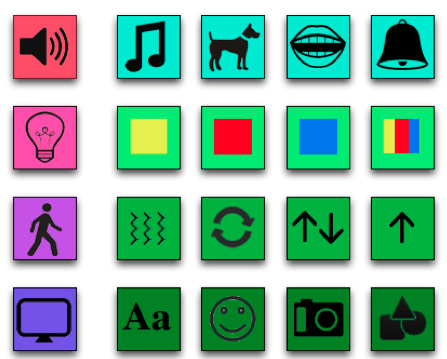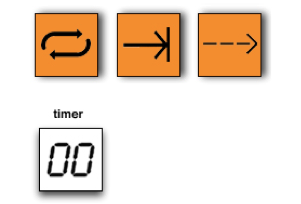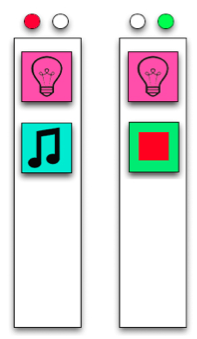tangible syntaxes - a block-building game for learning programming and computation
the concept
Tangible Syntaxes is a serious game based on block-building that facilitates young students’ uptake of programming and computational thinking. It is based on the principle of physical computing and leverages the use of tangible user interface (TUI) for enhancing intuitive and embodied learning of programming and computation. The game is focused on allowing young students to learn about basic programming rules and syntax, algorithmic and computational thinking.
the foundation of tangible syntaxes is rooted in contemporary approaches to teaching programming skills to young students through block programming (see scratch). However, tangible syntaxes further facilitate the learning of those aspects of programming that young students find most difficult and cumbersome, particularly syntactic procedures and differences among programming paradigms (e.g., Imperative vs Declarative, Prolog vs Java, Python vs C++).


the game
The game starts with young students engaging with programming via physical and symbolic computation. then, the interaction becomes more complex and gradually moves towards higher levels of abstract reasoning and syntactic complexity. For instance, at a low level of complexity, a loop is represented by a single block with two arrows. Instead, at a high level of complexity, a loop is formed by combining multiple blocks that contain syntactic elements (i.e., for, i++, if, <), which the student has to successfully combine to create a loop.
The game interface consists of two main parts:
A set of colored tangible blocks and a physical console that the student can use to write their program
A physical and/or digital output that performs various types of actions, depending on the input generated at the programming console by the student.
THE project tangible syntaxes is an idea of:
Giovanni Maria Troiano, Juan Gabriel Tirado, & Monica Rikic.

